
 Source: Jean-Pierre Dalbéra
Source: Jean-Pierre Dalbéra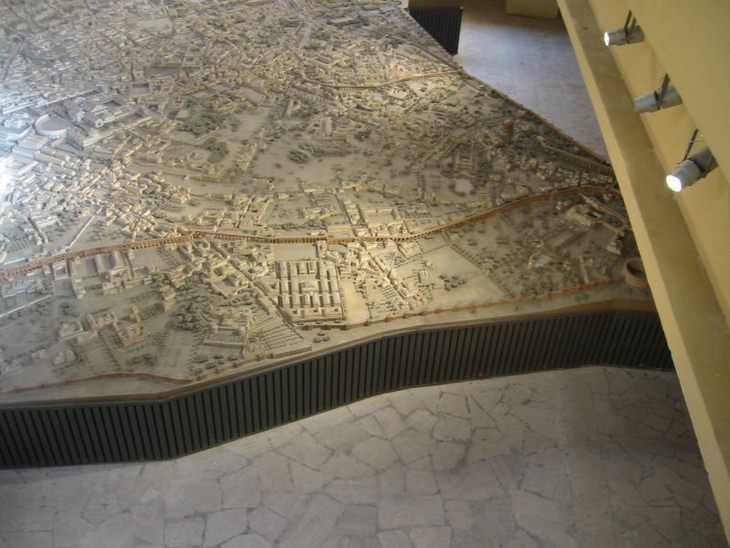
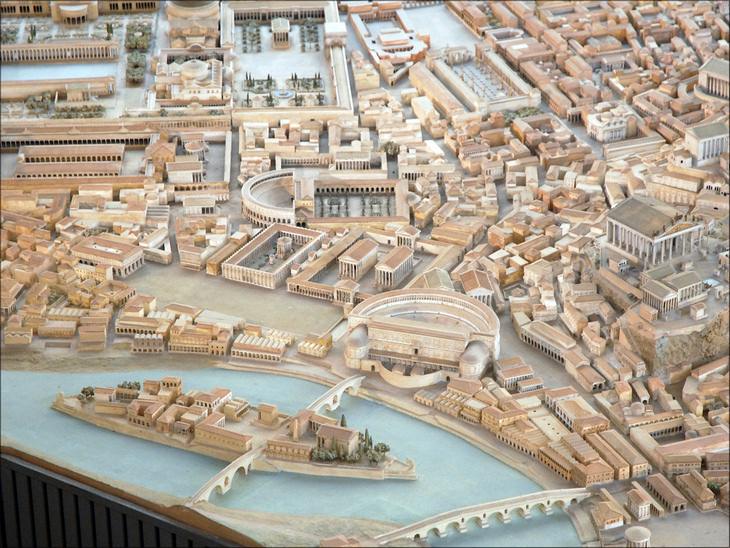 Source: Jean-Pierre Dalbéra
Source: Jean-Pierre Dalbéra Source: Cassius Ahenobarbus
Source: Cassius Ahenobarbus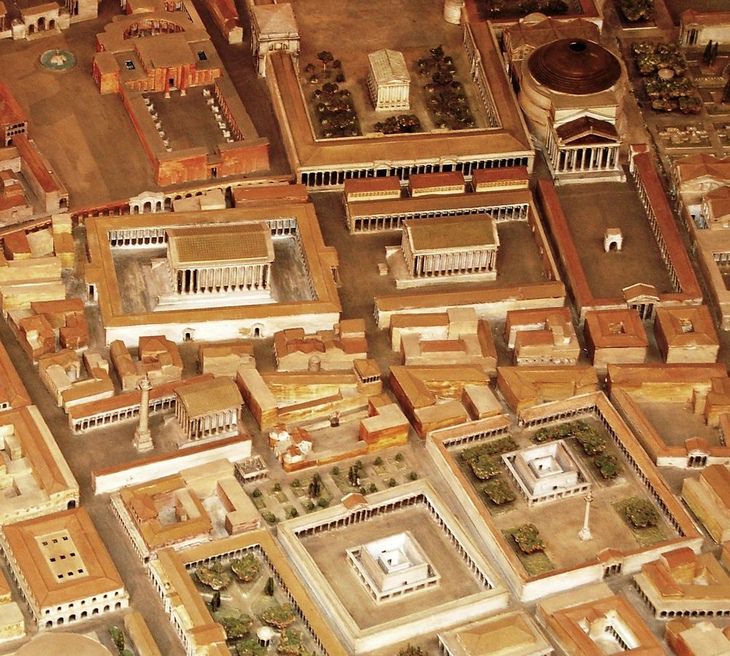 Source: Cristiano64
Source: Cristiano64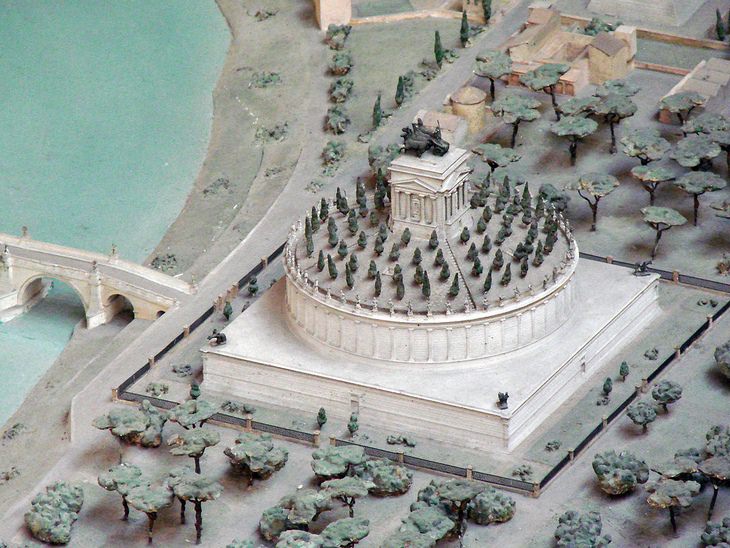 Source: Source: Jean-Pierre Dalbéra
Source: Source: Jean-Pierre Dalbéra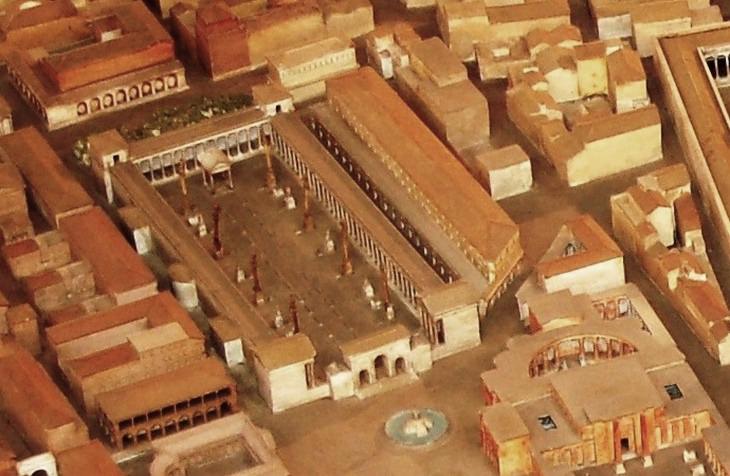 Source: Cristiano64
Source: Cristiano64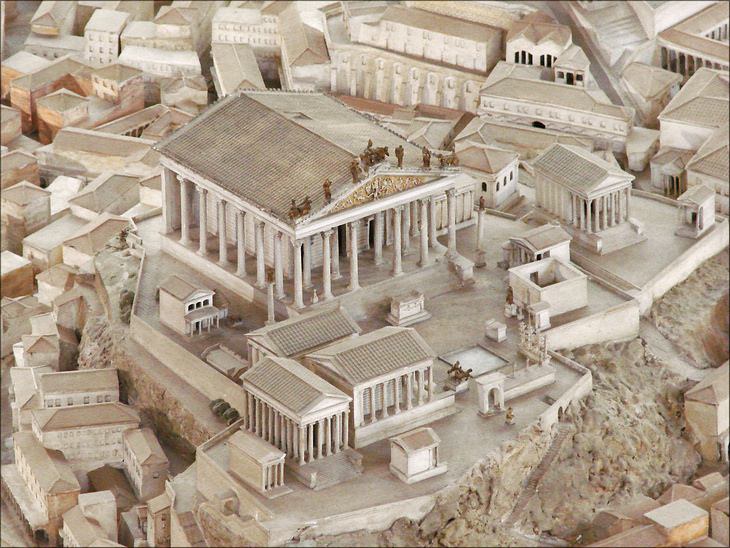 Source: Source: Jean-Pierre Dalbéra
Source: Source: Jean-Pierre Dalbéra Source: ColdEel
Source: ColdEel Source: Cassius Ahenobarbus
Source: Cassius Ahenobarbus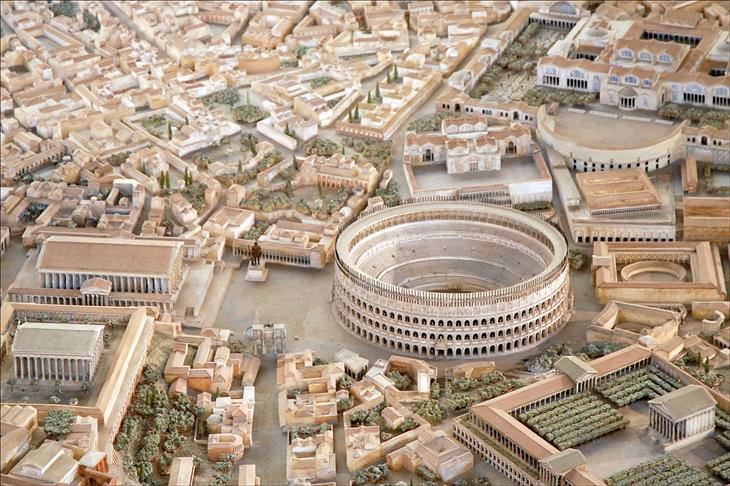 Source: Jean-Pierre Dalbéra
Source: Jean-Pierre Dalbéra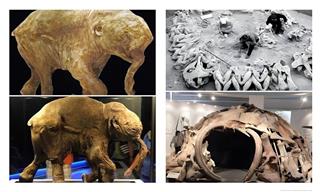
14 Captivating Images That Rewrite What We Know of History
We’ve gathered some fascinating posts that tell surprisng secrets of our past.
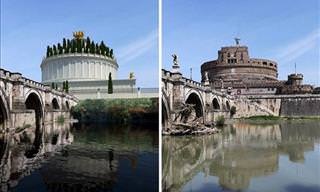
This Is How 11 Ancient Roman Ruins Looked Like In the Past
Very little of ancient Rome remained to this day, but here is a wonderful reconstruction of some of the most famous sighs.
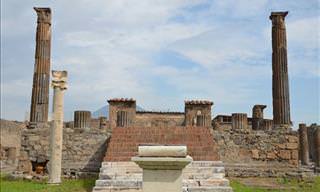
Discover the Ancient Italian City Where Time Stood Still
The city of Pompeii was destroyed by a volcano in 79 C.E., but much of it remains preserved, giving us a glimpse to the Roman times.
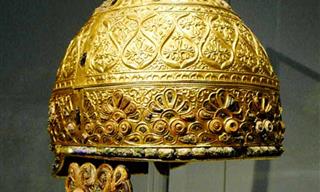
7 Ancient Helmets That Will Blow Your Mind
In this article, we will be taking an up-close look at 7 ancient helmets and their archeological, cultural, and historical background.
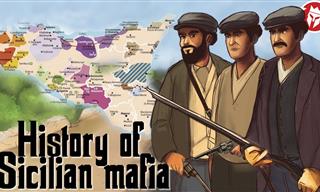 18:27
18:27
What is the Story Behind the Scilian Mafia?
Explore the origins of the Sicilian Mafia, known as Cosa Nostra.
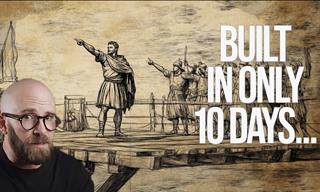 12:19
12:19
How Roman Engineers Shaped the World We Know Today
These engineering marvels made Rome an enduring symbol of innovation and ambition.

15 Award-Winning Photographs from the Natural World
We have collected for you 15 stunning photos from among the professional shots sent to this year’s competition, and they are about to remind you what an incredible world we have…

A 'Brain Fog' Epidemic? Study Shows a Worrying Trend
Analysis of over 4.5 million U.S. survey responses spanning a decade (2013–2023) shows a rise from 5.3% to 7.4% in reported cognitive disability nationwide, with an exceptional surge in the 18–39 age group and a clear influence of income and educatio
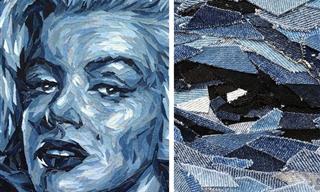
Admire Upcycled Denim Scraps Turned Into Incredible Art
Meet Deniz Sağdıç, a multimedia artist who uses upcycled denim scraps to make the most strikingly realistic portraits, some of which you might recognize!
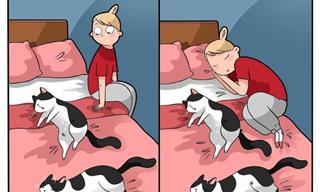
Hilarious: The Secret Life of Cat Owners
Every cat owner will be able to recognize their own feline in these hilarious comics!

10 Famous Landscape Artists and Their Masterpieces!
Are you a fan of landscape art? If so, we have just the treat for you here! Here you’ll find 10 of the most famous landscape artists and their masterpieces.
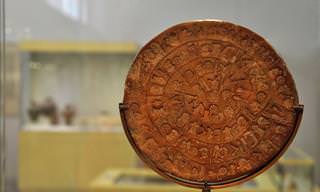
Incredible! History's Most Bizarre Unexplained Mysteries
Throughout the history of the world, there have been many great mysteries which have never been solved. Here are 10 of the most intriguing ones.
 3:39
3:39
This 'Frozen' Shadow Dance Is Out of This World
Shadow Theatre VERBA presents their performance called 'Frozen', which has already enchanted millions of people from around the world.
 4:40
4:40
These Artists Have Unique Ways of Creating Masterpieces
Here are 13 artists who have innovated amazing new and unique ways of creating different types of art, making use of the most unconventional material, from sink strainers to bubble wrap.
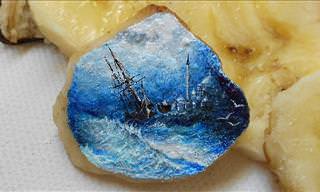
This Artwork Is So Small it's Hard to Believe it's Real
Hasan Kale loves to paint, and for his canvases he uses any tiny thing he can get his hands on. The results are absolutely breathtaking!

12 Unforgettable Quotes by the Great Alfred Hitchcok
These 12 famous quotes from Hitchcock will leave you pondering life, art, and the art of suspense.
 5:03
5:03
Ludovico Einaudi - A Beautiful Classical Music Performance
Ludovico Einaudi is a contemporary Italian composer and pianist. Listen to a composition from the composer's own collection called Undiscovered...
 3:34
3:34
This Magical Ice Show Brings Disney to Life
If you love art and Disney, this show is for you!
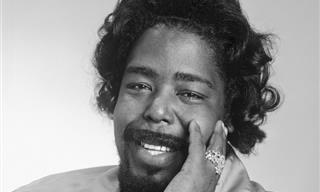
Music Box: Listen to 16 Classic Disco Songs
In this music compilation you will find 16 of the best disco songs ever produced. These songs are all guaranteed to get you up on your feet and dancing.

A Stunning Collection of Timeless Winter Art (16 Pics)
These magical winter paintings will soothe your heart.
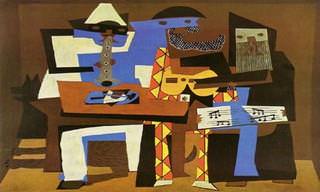
MASSIVE Collection: 21 Famous Painters and Their Best Work
A beautiful collection of our most beautiful painting posts, each by a talented painter from recent centuries. This is a huge collection of classic paintings.

Have You Ever Seen Love Depicted So Beautifully?
These exceptional artists were inspired by love and conveyed their message perfectly. Take a look:

MUSIC BOX: 16 Beautiful Tango Musical Pieces
You are invited to listen to the following 16 beautiful tango melodies...
 5:32
5:32
André Rieu's Performance Took a Surprising Turn When...
This incredible performance brought the whole theater to their feet in a standing ovation!
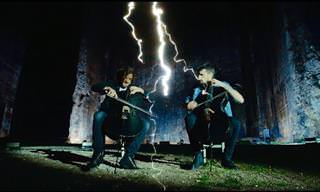 2:37
2:37
Have You Ever Seen A Cello Performance Like This?
2Cellos are a hugely succesfuly cellist duo hailing from Croatia. Watch them perform their latest single, "Vivaldi", in this next clip:
 33:15
33:15
This Incredible Pianist is 82 and Still Phenomenal!
Martha Argerich is 82 and still a world-class pianist.
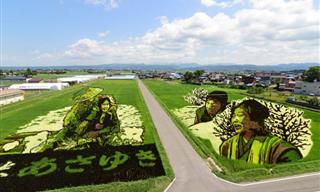
This Japanese Village Holds an Annual Rice Art Festival!
Learn all about Tambo Āto, the Japanese art of rice paddy paintings
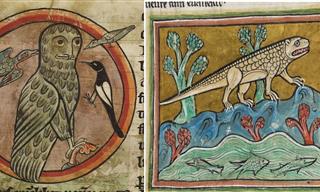
Medieval Artists Had the FUNNIEST Ideas About Animals
Most medieval artists have never seen wild animals in their lives, but it didn't stop them form trying to paint them. Th results are hilarious.
 7:00
7:00
We Bet You've Never Heard This Musical Instrument Before
Listen to this little known musical instrument called a yaybahar.

Feast Your Eyes on Titian's 10 Most Epic Masterpieces
Have a look at these ten incredible masterpieces from one of Italy's finest artists. As a painter, he was extremely versatile, and his body of work includes portraits, scenes from mythology and religion, as well as breathtaking natural landscapes.
 6:21
6:21
André Rieu In Another Beautiful Operatic Sensation!
In this video, we are treated to an incredible rendition of Caro Nome by an incredibly skilled operatic singer.
 6:21
6:21
This Dance Troupe Literally Lit Up the Place!
The group The Blackouts recently reached the semi-finals of the show, soared above the stage, and left all the viewers in awe.
 4:59
4:59
This Salsa Performance is One Big Surprise!
Watch a hilarious yet beautiful dance performance by a very unlikely duo.
 3:46
3:46
This Traditional Chinese Dance Will Leave You in Awe!
If there's one thing that the Chinese know how to do, it's dancing. Check out this fantastic traditional Chinese dance.

10 Oscar-Winning Foreign Movies You Can’t Afford to Miss!
This list has 10 must-see foreign films that were winners of the Academy Award for Best International Feature Film in the past ten years
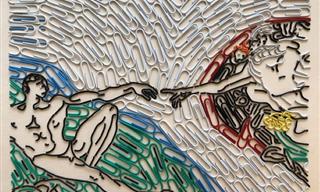
Artist Uses Paperclips and Candy to Recreate Famous Art
It’s breathtaking how this artist captures the unique mood and style of these iconic artworks using found objects like Tic Tacs and cereal!
 8:06
8:06
Art Explanations: Rembrand’s Most Famous Painting
'The Night Watch' by Rembrandt is among the most recognized paintings in the world, but what makes it a masterpiece?
 11:36
11:36
Listen to Elton John's Songs in a Magical Cellist Event
Cellist Stjepan Hauser decided to dedicate his next video and performance to the hits of Elton John.
 4:28
4:28
These Guys Have to Be the World's Best Drummers!
The Top Secret Drum Corp just has to be the best drum troupe that exists in the entire world. Watch this astounding display of precision and musical skill.
 5:00
5:00
A Thrilling A Capella Performance!
An Amazing A Capella Version of Michael Jackson's Thriller!
 4:59
4:59
WATCH: James Brown and Pavarotti Perform an Amazing Duet
Although a duet between James Brown and Pavarotti might seem odd at first glance, the result is actually beautiful. Take a look.
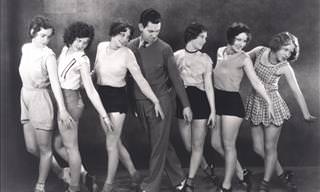 3:26
3:26
Amazing! See How Tap Dance Has Evolved Over the Century
How has tap dancing evolved throughout the century! Find out in this interesting video!
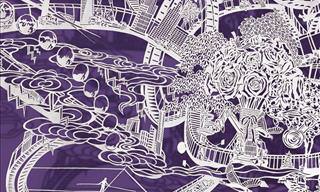
Stunning! This Incredible Artist Pays Attention to Detail
Exceptional paper artist Bovey Lee uses large thin sheets of Chinese rice paper to cut intricate scenes. Take a look at her works of art - impressive!

In the Right Hands, Rusty Cutlery Can Turn Into ART!
This self-taught artist uses exclusively scrap metal and welds it into detailed and lifelike sculptures of animals and people.
 3:27
3:27
Enjoy a Truly Spectacular Harp and Violin Performance
This harp and violin performance isn't like any you've ever seen before. Watch it now.
 6:28
6:28
Astounding Dancers: Martin and Marielle!
One of the best dance acts we've seen on Britain's Got Talent, watch how Martin throws Marielle around like a rag doll in this incredible routine!
 3:28
3:28
Discover The Secret Behind a VERY Famous Magic Trick
In this video, we pull back the curtain and reveal the incredible secret behind one of the most famous and dangerous-looking illusions in the history of magic.
 10:05
10:05
Have You Ever Seen a Card Trick as Good as THIS One?
This magician's card tricks will leave you wondering how he managed to pull them off.
 1:08:00
1:08:00
Enjoy 60 Minutes of Cirque du Soleil Magic!
Want to see one of the best modern circus shows in the world?
To enable your Ad-Free Subscription, please fill the fields below
Your subscription was successful, now you can enjoy an ad-free experience!! Note: To make sure you get no ads, please make sure to log in to your account. If you are logged in already, then refresh the page. The subscription can be cancelled at any time.


